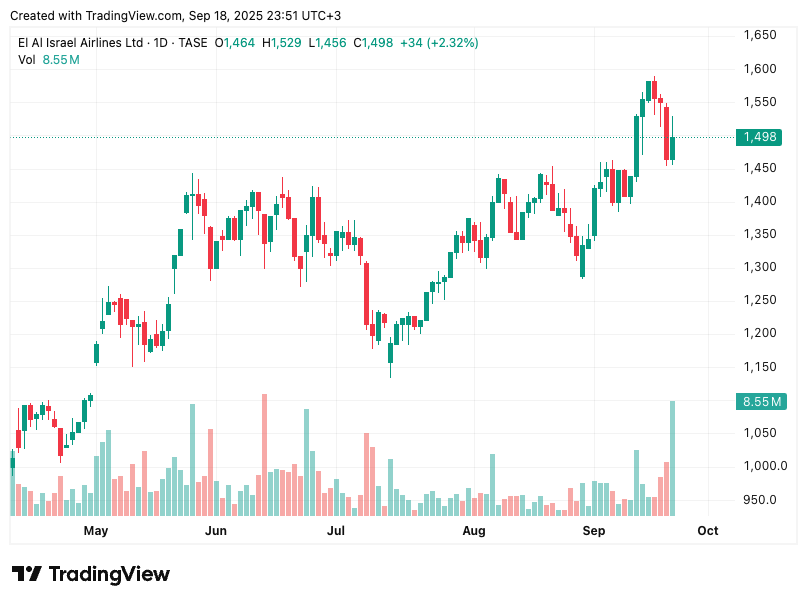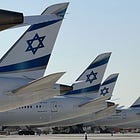EL AL | Full-Competition Year Could Deliver USD 750 million EBITDAR
Path to an EBITDAR of USD 750 million under full competition, positioning EL AL as a top investment opportunity among unique airlines within the thriving aviation sector.
Disclaimer: As of the publish date, I hold EL AL shares; this is not a recommendation or call for action. I may buy or sell shares without further notice. For informational purposes only.
In this analysis, I will explain why I prefer EL AL Airline over other airlines such as American Airlines, Delta, and United Airlines, and why I believe EL AL can maintain high profits relative to its enterprise value.
Background
EL AL is the national airline of Israel, which completed a significant turnaround from heavy debt to becoming cash-positive (where cash exceeds debt). Since the October 7, 2023 war, EL AL operated almost alone in Israel, allowing it to reduce its debt rapidly. Currently, the market questions the airline's ability to sustain these profits. I believe that EL AL remains the cheapest airline available in public markets and is capable of maintaining these profits over time, even in a competitive environment.
In my previous analysis, I discussed EL AL’s strengthening fundamentals and why the market underestimates its potential. Now, I analyze the numbers to test that thesis.
Index Position & Share Price
Currently, EL AL is included in the TA-90 index, which benefits from high international exposure. As of the time of writing this analysis, EL AL is ranked 36th (1st on TA-90), just ₪300 million below FIBI HOLDINGS, which is 35th on the TA-35.
Share price on the day of publishing this article: 1498

Methodology
Starting point: $498m EBITDAR. Twelve months of Q4 2022 to Q3 2023, pre-war condition.
Target: $700–750 million in a full-competition year (2026? likely not fully competitive). Below is a conservative bridge, along with an explanation of why it holds up.
Target Contribution Gap: USD 200-250 million.
Let’s Start:



